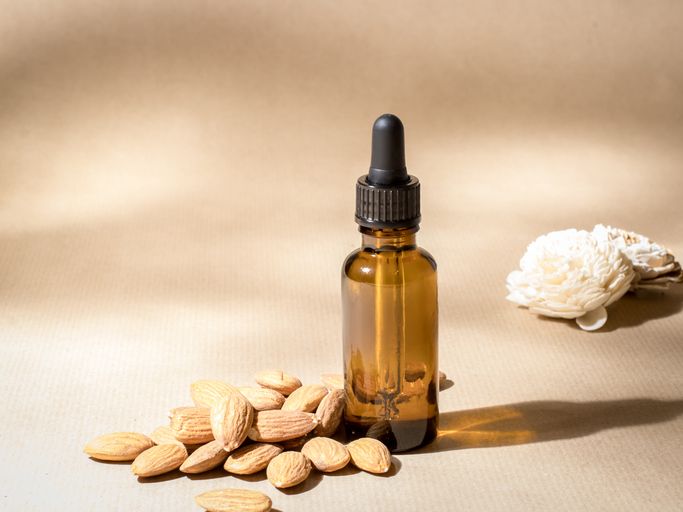- Home
- Trend
- Weight Loss Strategies
- Acne Tips
- Hair Health Information
- Blemish Removal Tips
- Acne Scar Removal Tips
- Muscle Building Techniques
- Intimate Care Tips
- Postpartum Intimate Care
- Eye Bags Wiki
- Tips for Face Slimming
- Secret of Permanent Hair Removal
- Breast Enlargement Tips
- Cure to Snoring
- Marionette Lines
- Skin-Tightening Secrets
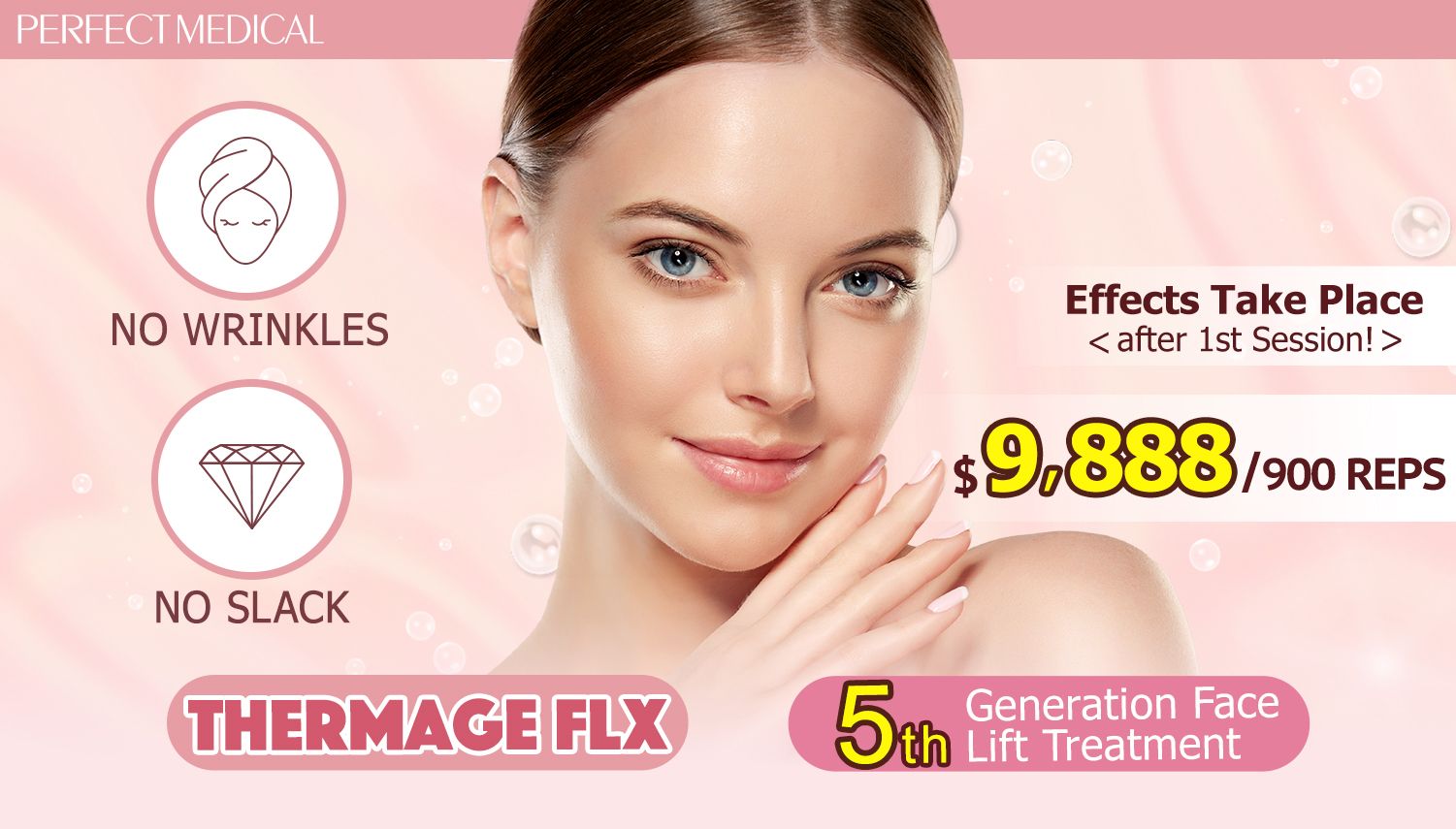
免費體驗
Thermage FLX 5th Generation Face Lift Treatment
1 Minute Self-Registration
Date should not be before minimal date
Are you ready to rejuvenate your skin and regain a youthful appearance? In the battle of Thermage vs. Ultherapy, which treatment reigns supreme? Discover the benefits, differences, and similarities between these two popular skin tightening options. Thermage uses radiofrequency technology to improve skin elasticity, while Ultherapy targets deep layers with ultrasound energy. Both treatments are non-surgical, with no side effects or recovery time. To find out which treatment is best for you, consult with a trained clinician who can assess your unique needs and goals.
1
What is the difference between Thermage and Ultherapy

So you're curious about the difference between Thermage and Ultherapy?
Well, Thermage uses radiofrequency technology to tighten the skin, while Ultherapy uses ultrasound energy.
These different types of energy allow each treatment to target different layers of the skin, resulting in unique benefits and outcomes.
Thermage uses radiofrequency technology
Thermage utilizes radiofrequency technology to activate collagen production, differentiating it from Ultherapy. This innovative treatment option uses radiofrequency energy to heat up the dermis layer of the skin, stimulating collagen regeneration and improving skin tissue.
Unlike Ultherapy, which uses ultrasound energy to target deeper layers of the skin, Thermage focuses on the superficial skin layers. The radiofrequency energy from Thermage heats the dermal layers while keeping the surface cool, making it a gentle and painless treatment option.
Thermage is FDA-approved for skin tightening and can be used on various parts of the body, including the face, body, thighs, abdomen, and neck. By harnessing the power of radiofrequency technology, Thermage effectively tightens and contours the skin, resulting in a more youthful and rejuvenated appearance.
Ultherapy uses ultrasound energy
Ultherapy utilizes ultrasound energy to target deeper layers of the skin, providing a distinct difference from Thermage. This non-invasive skin tightening treatment stimulates collagen production and improves the overall texture and firmness of the skin.
By using ultrasound technology, Ultherapy is able to reach the same depths as a surgical facelift, but without the need for injections or downtime. The ultrasound energy creates a heatwave in the targeted area, resulting in collagen and elastin regeneration.
This makes Ultherapy an effective treatment for lifting sagging jowls, brows, and improving the appearance of the face and neck. Unlike Thermage, which primarily focuses on superficial skin layers, Ultherapy penetrates deep into the SMAS layer, providing more targeted and accurate treatment.
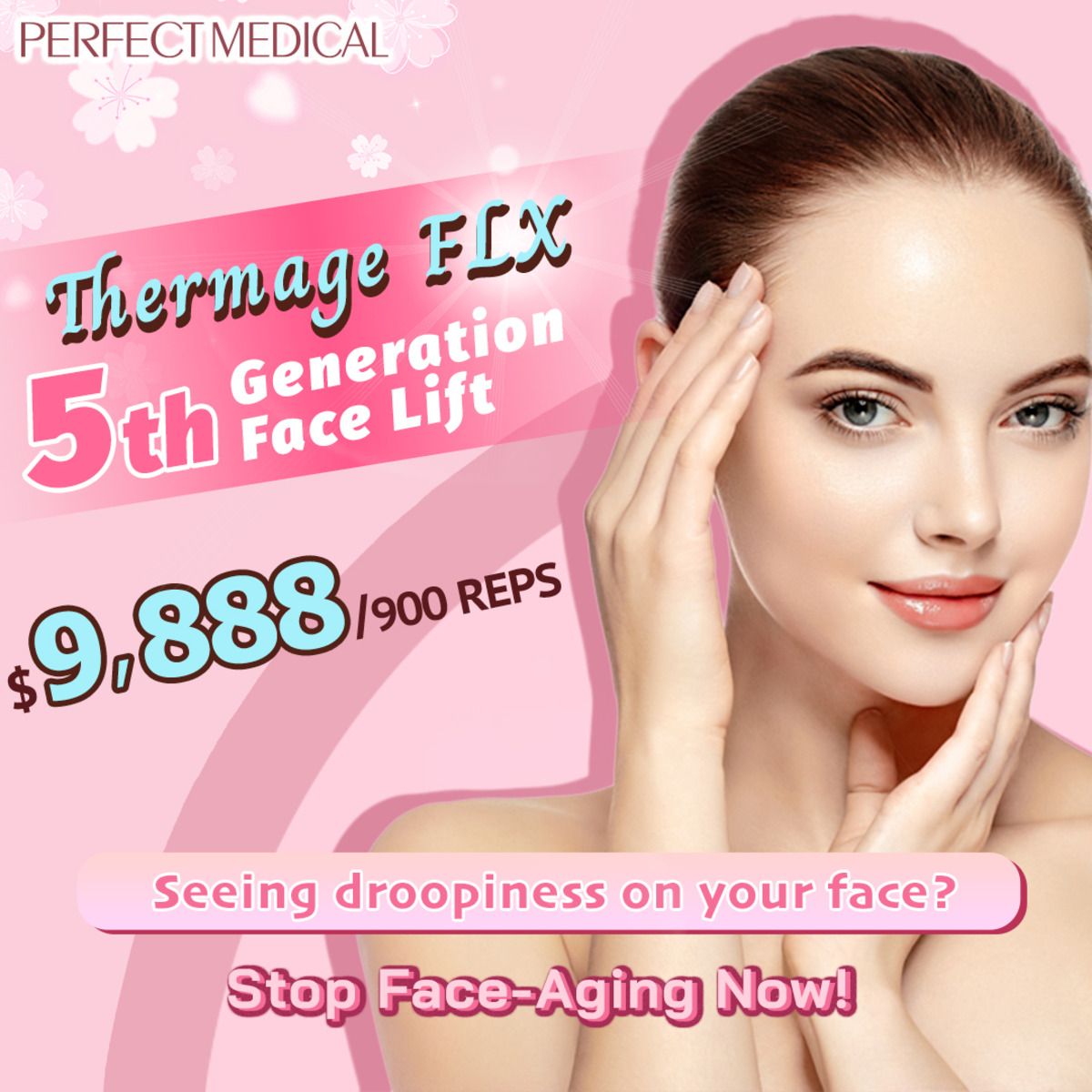
2
Which treatment is better, Thermage or Ultherapy

Let's compare the benefits of Thermage and Ultherapy to determine which treatment may be better for you.
Thermage is known for its ability to smooth wrinkles, improve skin texture, and contour the body.
Ultherapy, on the other hand, is effective at lifting sagging jowls and brows, and tightening the skin on the face and neck.
Additionally, Thermage can be used on a wider range of treatment areas.
Ultherapy, however, is primarily focused on the face.
Benefits of Thermage
One benefit of Thermage is its versatility in addressing various aesthetic concerns.
Thermage is a skin tightening treatment that uses radiofrequency technology to stimulate collagen production and improve skin elasticity.
It's FDA-approved and can be used on the face, body, thighs, abdomen, and neck.
Thermage is effective in smoothing out wrinkles and cellulite, contouring the body, and reducing sagging in different areas.
The treatment is gentle, painless, and has no side effects or recovery time.
Results can be seen immediately post-treatment and continue to develop over six months.
The versatility of Thermage makes it a popular choice for individuals looking to restore a firmer, tighter, and more youthful appearance while addressing a variety of skin concerns.
Benefits of Ultherapy
To determine which skin tightening treatment is better, let's explore the benefits of Ultherapy compared to Thermage.
Ultherapy is a non-invasive procedure that uses ultrasound technology to lift and tighten the skin. It stimulates collagen production in the deeper layers of the skin, resulting in tighter and firmer skin on the face and neck. The procedure is non-surgical, with no side effects or downtime.
Ultherapy is particularly effective for lifting sagging jowls and brows, and it can be combined with other treatments for optimal results.
On the other hand, Thermage is a versatile treatment that can be used on various areas of the body, including the face, body, thighs, abdomen, and neck. It uses radiofrequency energy to tighten and contour the skin, while also stimulating collagen production.
Both treatments have their unique benefits, so it's important to consult with a trained clinician to determine the most suitable treatment approach for your specific needs.
Ultherapy treatment areas
Ultherapy treatment areas include the face and neck, making it a more suitable choice for those looking to target sagging and loose skin in these specific areas. Ultherapy utilizes ultrasound technology to stimulate collagen response in the deeper layers of the skin. This treatment is FDA-approved for tightening and lifting the skin.
On the other hand, Thermage is a skin tightening treatment that uses radiofrequency technology to activate collagen production. It's recommended for a wide array of aesthetic goals and can be used almost everywhere on the body. However, Ultherapy is limited to the facial regions and the chest area, making it less flexible in terms of treatment areas.
Thermage treatment areas
When considering which skin tightening treatment is better, Thermage or Ultherapy, it's important to understand the specific treatment areas that Thermage targets.
Thermage is a versatile skin tightening treatment that can be used on various areas of the body. It's commonly used to address skin laxity and improve the texture and quality of sagging skin.
Thermage can be used on the face, body, thighs, abdomen, and neck. This makes it a suitable option for individuals who want to contour the body, reduce sagging in different areas, and treat cellulite, folds in the skin, and sagging in the thighs, abdomen, face, and neck.
With Thermage, you can achieve a firmer, tighter, and more youthful appearance in the specific treatment areas.
Thermage results
Now let's delve into the results of Thermage and Ultherapy to determine which treatment is better for skin tightening.
Thermage is known for its ability to improve skin laxity and tighten sagging skin. It uses radiofrequency technology to stimulate collagen production and improve skin elasticity. The results of Thermage can be seen immediately after the treatment and continue to develop over the course of six months.
On the other hand, Ultherapy also provides impressive skin tightening results. It uses ultrasound energy to target deeper layers of the skin, including the SMAS area. Ultherapy is effective for lifting sagging jowls and brows, and it can produce noticeable lifting and tightening results with just one treatment.
Ultimately, the choice between Thermage and Ultherapy depends on individual goals and needs.
Ultherapy results
To determine which skin tightening treatment is better, compare the results of Ultherapy and Thermage.
Ultherapy uses ultrasound technology to tighten and lift the skin, while also stimulating collagen production. It's effective for treating sagging skin on the face and neck. Results may vary for different patients, but Ultherapy is particularly effective for the brow line, double chin, neck, and jawline.
On the other hand, Thermage utilizes radiofrequency technology to activate collagen production and improve skin elasticity. Results can be seen immediately after treatment and continue to develop over six months. Thermage is recommended for a wide array of aesthetic goals and needs, making it more versatile compared to Ultherapy.
Ultimately, the choice between the two treatments depends on individual body goals and cosmetic needs.
- Thermage Eye Treatment Prices 2025 Update: Principle, Applicators, Side Effects & Hong Kong’s Best-Value Clinic!
- A Must-Read Thermage FLX Certification Guide for 2025: 4 Secrets to Stay Safe While Getting Beautiful
- Skincare For Dull Skin: About The Do's And Don'ts
- 5 Expert-Approved Benefits of Collagen Soup + Popular Beauty Soup Recipes
3
Choosing the Right Treatment Based on Your Concerns

When choosing between Thermage and Ultherapy for skin tightening, consider your specific concerns.
If you have mild to moderate skin laxity, both treatments can be effective.
If sagging jowls are your main concern, Ultherapy may provide more dramatic results.
For fine lines and wrinkles, both treatments can help, but Thermage may be better for addressing texture and quality of sagging skin.
Lastly, consider your skin type, as certain treatments may be more suitable for your specific needs.
Mild to moderate skin laxity
If you have mild to moderate skin laxity, you can choose the right treatment based on your concerns.
Both Thermage and Ultherapy are effective options for tightening the skin and addressing fine lines and wrinkles.
Thermage uses radiofrequency technology to heat the dermal layers and stimulate collagen production, resulting in tighter and smoother skin.
Ultherapy, on the other hand, uses ultrasound energy to target deeper layers of the skin, including the SMAS area, and lift and tighten sagging skin.
While both treatments can improve mild to moderate skin laxity, the better treatment option would depend on your specific needs and desired outcomes.
It's recommended to consult with a qualified practitioner who can assess your concerns and recommend the most suitable treatment for you.
Sagging jowls
If you're concerned about sagging jowls and are looking for the right treatment, consider your options between Thermage and Ultherapy. Both Thermage and Ultherapy are effective skin tightening treatments that can help lift and tighten sagging jowls.
Thermage is a non-surgical skin tightening treatment that uses radiofrequency technology to stimulate collagen production and improve skin elasticity. It's FDA-approved and can be completed in a single treatment session.
Ultherapy, on the other hand, uses ultrasound energy to target deeper layers of the skin, including the SMAS area. It's also FDA-approved and can provide noticeable lifting and tightening results with just one treatment session.
When deciding between Thermage and Ultherapy for sagging jowls, it's best to consult with a qualified practitioner who can recommend the most suitable treatment based on your individual concerns and goals.
Fine lines and wrinkles
To address fine lines and wrinkles and choose the right treatment based on your concerns, consider the effectiveness of both Thermage and Ultherapy.
Thermage, a skin tightening treatment, uses radiofrequency energy to stimulate collagen production in the skin layers. It targets superficial skin layers and improves skin elasticity.
Ultherapy, on the other hand, uses ultrasound technology to reach deeper layers of the skin, including the SMAS area. It stimulates collagen response and is effective for the brow line, double chin, neck, and jawline.
Both treatments can improve the texture and smooth out fine lines and wrinkles. However, Thermage is more versatile, treating skin laxity almost everywhere on the body, while Ultherapy is limited to facial regions and the chest area.
Consider your specific concerns and consult with a qualified practitioner to determine the most suitable treatment for you.
Skin type considerations
Consider your specific skin type when choosing the right skin tightening treatment for your concerns. Both Ultherapy and Thermage are non-surgical options that can address various skin concerns, but they use different technologies.
Ultherapy uses ultrasound energy to target deeper layers of the skin, while Thermage utilizes radiofrequency to activate collagen production in the dermal layers.
Ultherapy is effective for lifting sagging jowls and brows, while Thermage is more versatile and can be used on the face, body, thighs, abdomen, and neck.
It's important to consult with a qualified practitioner who can assess your skin type and recommend the most suitable treatment option for you. Ultherapy may be preferred for thinner skin areas, while Thermage may be better for addressing texture and sagging in different areas of the body.

4
What is the treatment process for Thermage and Ultherapy
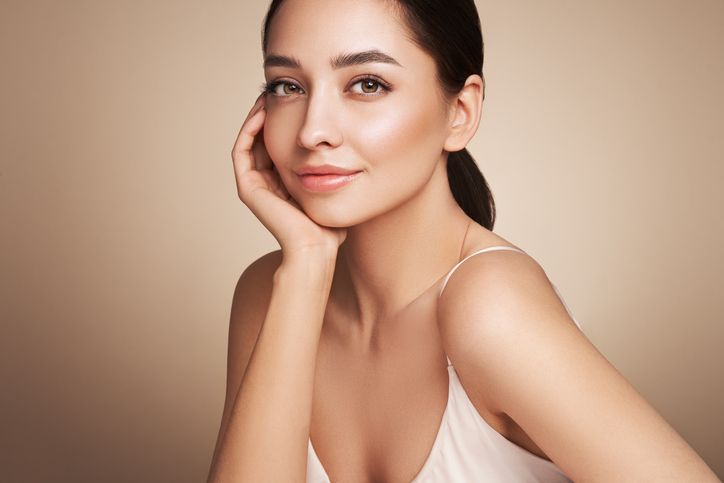
Let's now talk about the treatment process for Thermage and Ultherapy.
Both procedures offer non-invasive skin tightening and lifting, but they differ in the technology used. Thermage utilizes radiofrequency energy, while Ultherapy uses ultrasound technology.
Understanding the treatment process for each can help you decide which option is best for you.
Ultherapy procedure
Thermage and Ultherapy are non-invasive cosmetic treatments that are used to tighten and lift the skin. Both procedures are typically done in a series of treatment sessions for optimal results.
For Thermage, the number of treatment sessions required can vary depending on the individual's specific goals and the condition of their skin. In general, most people will need only one treatment session to achieve noticeable results. However, some individuals may require additional sessions for more significant improvements. The treatments are usually spaced several months apart to allow the skin to heal and for the full effects to be seen.
On the other hand, Ultherapy typically requires multiple treatment sessions to achieve the desired results. The number of sessions can vary depending on factors such as the area being treated, the severity of the skin laxity, and the individual's response to the treatment. Typically, patients will undergo two to three treatment sessions spaced several months apart. This allows for gradual improvements in the skin's tightness and lifting effects.
It's important to note that the specific number of treatment sessions required for Thermage and Ultherapy will ultimately depend on the individual and their unique circumstances. Consulting with a qualified healthcare professional or aesthetician is recommended to determine the most appropriate treatment plan for each person.
Number of treatment sessions
During the Ultherapy procedure, you typically only need one treatment session to achieve noticeable lifting and tightening results. Ultherapy uses ultrasound energy to stimulate collagen response in the deeper layers of the skin.
On the other hand, Thermage utilizes radiofrequency technology to activate collagen production in the dermal layers. While Ultherapy may require multiple sessions, Thermage can be completed in a single session.
Both treatments are effective for skin tightening, but the number of treatment sessions may vary.
Thermage procedure
The number of treatment sessions required for Thermage can vary depending on several factors.
Firstly, it depends on the specific concerns or areas being treated. For example, if you are targeting a small area like the face or neck, you may only need one session.
However, if you are treating larger areas like the abdomen or thighs, multiple sessions may be necessary to achieve optimal results.
Secondly, the severity of the concerns being addressed can also affect the number of sessions needed.
If you have mild skin laxity or wrinkles, you may require fewer sessions compared to someone with more significant sagging or deep lines.
Lastly, the individual's response to the treatment can also influence the number of sessions needed.
Some people may see noticeable improvement after just one session, while others may require multiple sessions to achieve their desired results.
It's important to consult with a qualified provider who can assess your specific needs and recommend the appropriate number of sessions for your Thermage treatment.
Number of treatment sessions
To undergo the Thermage procedure, you'll typically require a specific number of treatment sessions. Unlike Ultherapy, which may require multiple sessions, Thermage can often be completed in just one session.
The number of sessions needed for Thermage will depend on the individual's specific goals and needs, as well as the area being treated.
It's important to consult with a qualified practitioner to determine the best treatment plan for you.

免費體驗
Thermage FLX 5th Generation Face Lift Treatment
1 Minute Self-Registration
Date should not be before minimal date
5
Downtime, Potential Side Effects, Aftercare for Thermage and Ultherapy
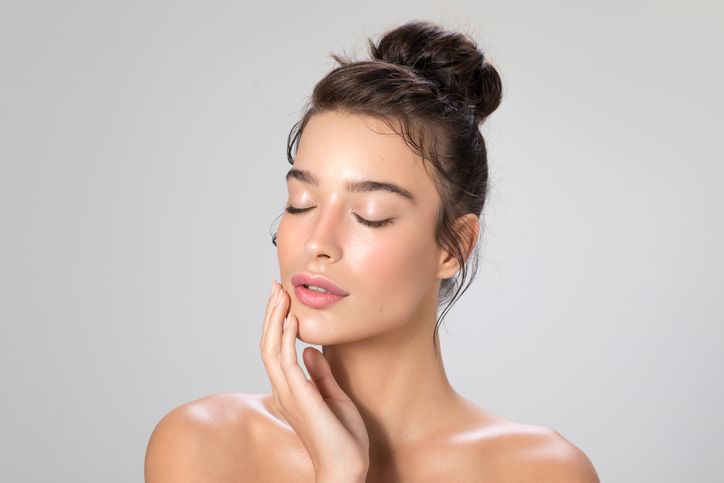
After undergoing Thermage or Ultherapy treatments, it's important to be aware of the potential side effects, downtime, and necessary aftercare.
Thermage typically has minimal downtime, with most patients being able to resume their normal activities immediately after the treatment. However, some individuals may experience redness, swelling, or mild discomfort, which usually subsides within a few days. It's important to avoid excessive sun exposure and to use sunscreen regularly to protect the treated area.
Ultherapy may also have minimal downtime, with some patients experiencing temporary redness or swelling. It's recommended to avoid direct sun exposure and to use sunscreen after the treatment.
It's important to follow the aftercare instructions provided by your healthcare provider and to contact them if you have any concerns or questions about potential side effects or aftercare.

6
Effortlessly Turn Back the Clock on Your Skin: Thermage FLX 5th Generation Face Lift Treatment
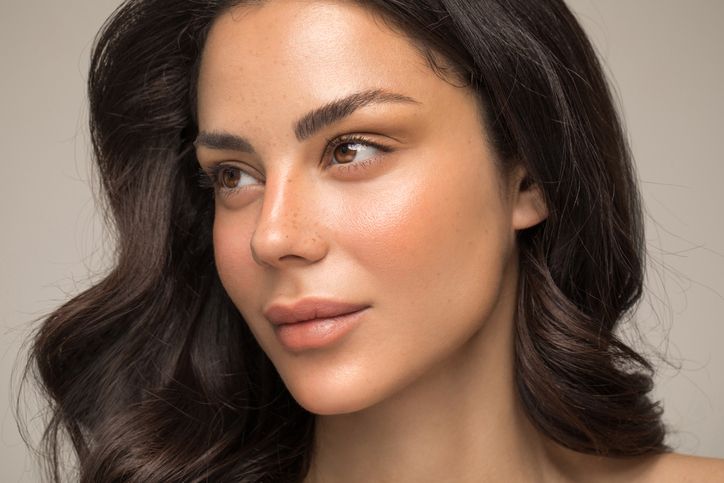
Introducing the latest breakthrough in skin tightening: the Thermage FLX 5th Generation Face Lift Treatment! This state-of-the-art procedure releases patented RF energy deep into the skin layers. Through the application of thermal energy, it initiates tissue contraction and boosts collagen production, effectively lifting sagging skin and erasing wrinkles from their source. The result is skin that is firm, supple, and devoid of fine lines or sagging!
Experience the benefits of the Thermage FLX 5th Generation Face Lift Treatment, a method that is non-invasive, painless, secure, and comfortable. The upgraded treatment handpiece, Total Tip 4.0, covers a larger area of the skin, significantly reducing the treatment time and delivering faster, more impressive, and enduring results!
Immerse yourself in the secure, efficient, and effective reversal of your skin's aging process. Visit us now and uncover the secret to achieving youthful, rejuvenated skin!

免費體驗
Thermage FLX 5th Generation Face Lift Treatment
1 Minute Self-Registration
Date should not be before minimal date
FAQ

Are Thermage and Ultherapy Painful?
No, Thermage and Ultherapy are not painful. Both treatments use advanced technology to stimulate collagen production and tighten the skin without causing discomfort. You can expect a gentle and painless experience with no downtime.
Can Thermage and Ultherapy Be Used to Tighten Skin on the Body?
Yes, absolutely! Thermage and Ultherapy can work wonders on your body. They have the power to tighten and lift sagging skin, giving you a firmer and more youthful appearance. Say goodbye to loose skin!
How Long Does Each Treatment Session of Thermage and Ultherapy Take?
Each treatment session of Thermage and Ultherapy varies in length. The duration depends on factors such as the treatment area and the specific goals of your skin tightening journey.
Are There Any Potential Side Effects or Risks Associated With Thermage and Ultherapy?
There may be potential side effects and risks associated with Thermage and Ultherapy. It's important to consult with a trained clinician to discuss your individual concerns and determine the best treatment approach for you.
What Is the Recommended Aftercare Routine for Thermage and Ultherapy Treatments?
After your Thermage or Ultherapy treatment, it's important to follow a recommended aftercare routine. This may include avoiding sun exposure, using gentle skincare products, and staying hydrated. Your clinician will provide specific instructions based on your individual needs.






